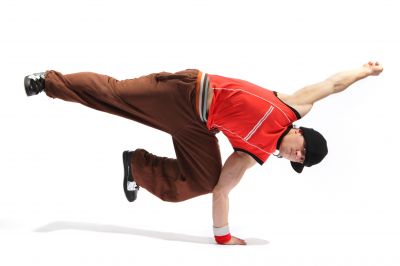Linking cortical and muscular activities

Linking cortical and muscular activities
One of the most challenging topics in neurophysiology is to identify and study the two-way connection and feedback between the brain and the muscles. Potential clinical applications of such research include the development of new neurorehabilitation procedures and brain–computer interfaces.
Interaction of the fatiguing muscles and neuromuscular activation in the working limbs involves many aspects of the central and peripheral nervous systems. Many of the factors affecting these interactions are yet to be found.
A two-year research project, 'The interaction between the central and peripheral exercise-related fatigue' (ICPEF), was dedicated to developing mathematical tools to address these interactions. The project aimed at computer-aided computational techniques to process the information provided by electromyography (EMG) and electroencephalography (EEG) before, during and after fatiguing exercises. This required decoding of the neural drive to the muscle based on EMG, analysis of motor cortex based on EEG and connecting the two together.
The project resulted in development of an innovative model for studying the signals sent by the cortical areas to the pool of motor neurons. The model empowered the investigation of corticospinal connectivity by corticomuscular coherence. In addition to the model, three novel signal processing techniques for high-density surface EMG and EEG analysis were developed. These techniques allowed a study of neuromuscular activity in humans during natural movements in vivo.
The first developed method advanced a known technique called EMG-EMG coherence. Using a novel multi-channel approach, it allowed detection of sources of common synaptic input to motor neurons outside the surface EMG bandwidth. The second method performed automatic detection of artefacts in a multi-channel EEG. Based on higher-order statistics, the method could identify different types of EEG artefacts, such as eye, mouth and head movements.
ICPEF's third method served to extract the association between cortical and muscular activity. The method allowed a study of the relationships between individual motor units and cortical oscillations. Unlike the commonly used corticomuscular coherence method, the new approach provided consistent results over a shorter time period and would be better suited for online applications.
Developed methods allowed study of the neural determinants of movements non-invasively and will have important applications in clinical practice.
published: 2015-02-09